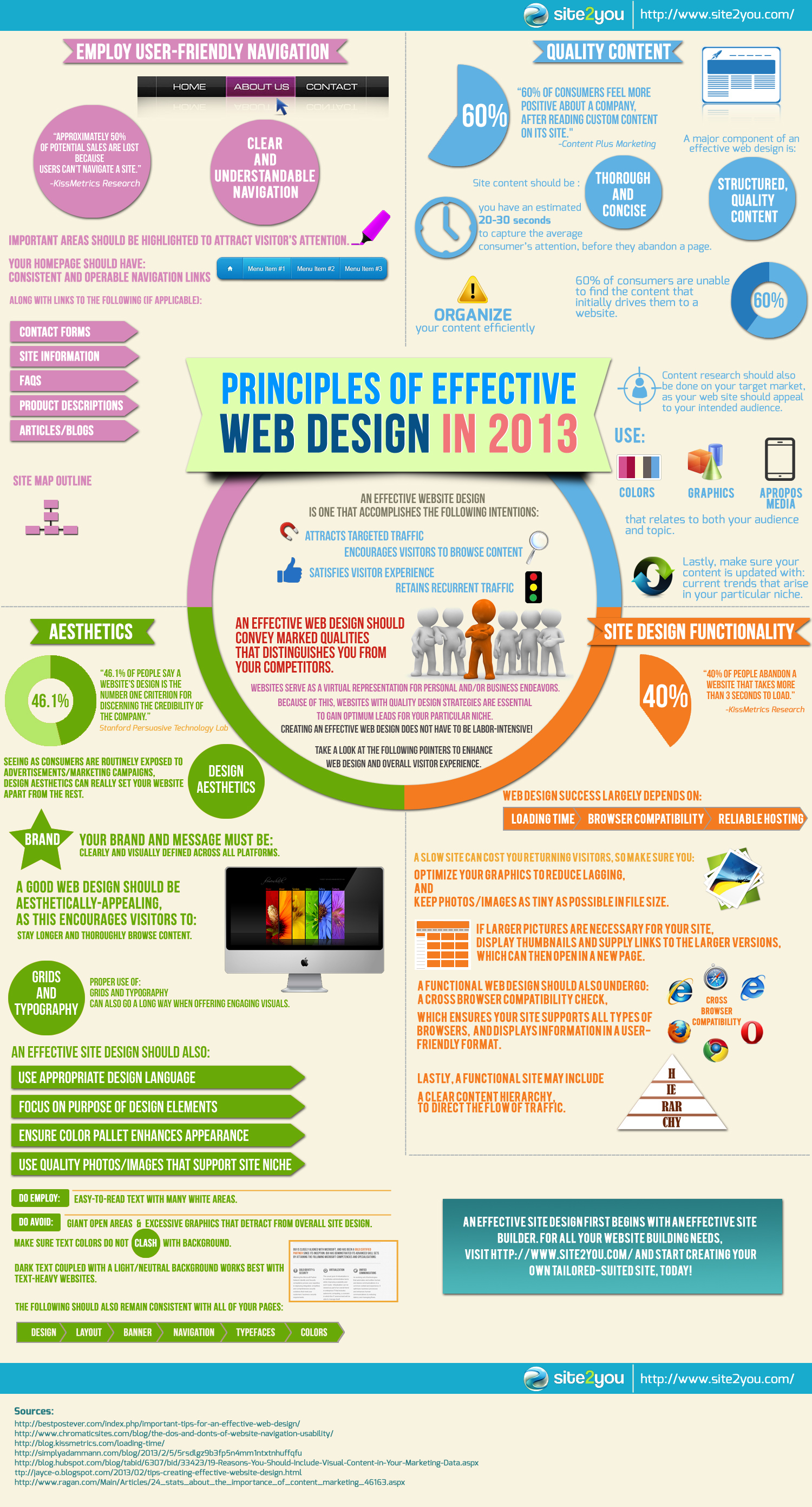Interested In Finding Out Exactly How Site Design Has Evolved? Take A Trip Via The Makeover
Interested In Finding Out Exactly How Site Design Has Evolved? Take A Trip Via The Makeover
Blog Article
Web Content Produce By-Booker Molina
In the past, websites were easy and concentrated on details. Navigation was straight, and style was for desktops. Currently, user experience is crucial. Information overviews designs for easy navigation. Receptive layouts match different tools. Today, dark mode lowers stress, and minimal food selections improve navigating. Interactive features engage individuals, and bold visuals attract attention. AI integration enhances interaction. See just how layout has evolved to enhance your online journey.
Very Early Days of Website Design
In the very early days of web design, simpleness preponderated. Internet sites were basic, with minimal colors, fonts, and designs. The emphasis was on offering info instead of showy visuals. Users accessed the internet with sluggish dial-up links, so speed and functionality were key.
related web-site were straightforward, typically situated on top or side of the page. Sites were designed for desktop, as mobile browsing wasn't yet prevalent. Web content was king, and developers prioritized easy readability over intricate style components.
HTML was the key coding language made use of, and designers needed to function within its constraints. Animations and interactive functions were marginal contrasted to today's criteria. Web sites were fixed, with little dynamic material or customized customer experiences.
Increase of User-Focused Style
With the advancement of web site style, a change towards user-focused style concepts has ended up being significantly prominent. Today, creating web sites that prioritize individual experience is critical for involving visitors and accomplishing organization objectives. User-focused style includes comprehending the demands, preferences, and actions of your target market to customize the internet site's design, content, and includes accordingly.
Designers currently carry out extensive research, such as customer studies and use testing, to gather understandings and feedback directly from individuals. This data-driven method helps in creating intuitive navigation, clear calls-to-action, and visually enticing interfaces that reverberate with site visitors. By putting the customer at the center of the style procedure, sites can provide a much more personalized and satisfying experience.
Receptive style has additionally become a crucial element of user-focused style, ensuring that websites are maximized for various devices and screen sizes. This flexibility boosts availability and use, accommodating the varied ways users engage with web sites today. In essence, the surge of user-focused layout represents a change towards creating electronic experiences that prioritize the demands and assumptions of the end customer.
Modern Trends in Website Design
Discover the current trends forming website design today. One prominent fad is dark setting design, supplying a streamlined and contemporary look while decreasing eye stress in low-light environments. related webpage is minimalist navigation, streamlining menus and boosting customer experience by focusing on essential elements. Incorporating micro-interactions, such as computer animated switches or scrolling results, can create an extra interesting and interactive site. Receptive style stays important, ensuring seamless user experiences throughout various gadgets. In addition, utilizing strong typography and asymmetrical designs can add visual passion and accentuate particular web content.
Integrating AI innovation, like chatbots for consumer support or tailored recommendations, boosts user engagement and simplifies procedures. Ease of access has likewise become a significant trend, with developers focusing on inclusive layout techniques to deal with diverse customer requirements. Accepting sustainability by optimizing website performance for rate and performance is another arising trend in web design. Collaborating with user feedback and data analytics to repeat and boost design constantly is necessary for remaining appropriate in the ever-evolving digital landscape. By embracing these modern trends, you can develop an aesthetically enticing, easy to use web site that resonates with your audience.
Verdict
As you review the advancement of site style from the very early days to now, you can see just how user-focused design has come to be the driving force behind contemporary patterns.
Embrace the journey of change and adaptation in website design, constantly keeping the individual experience at the center.
Keep existing with the current trends and modern technologies, and never quit evolving your method to create visually sensational and easy to use websites.
Develop, adjust, and produce - the future of website design remains in your hands.
